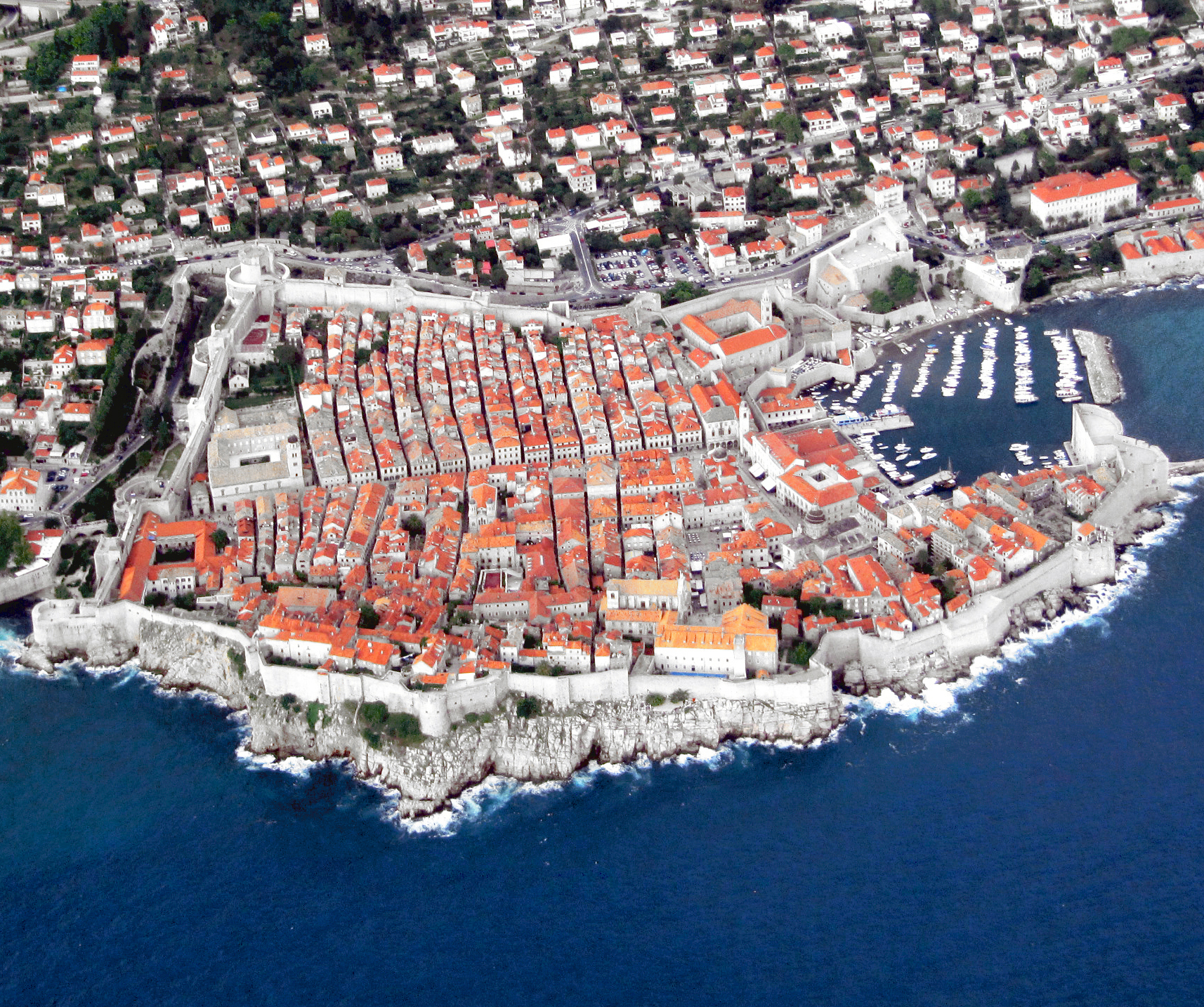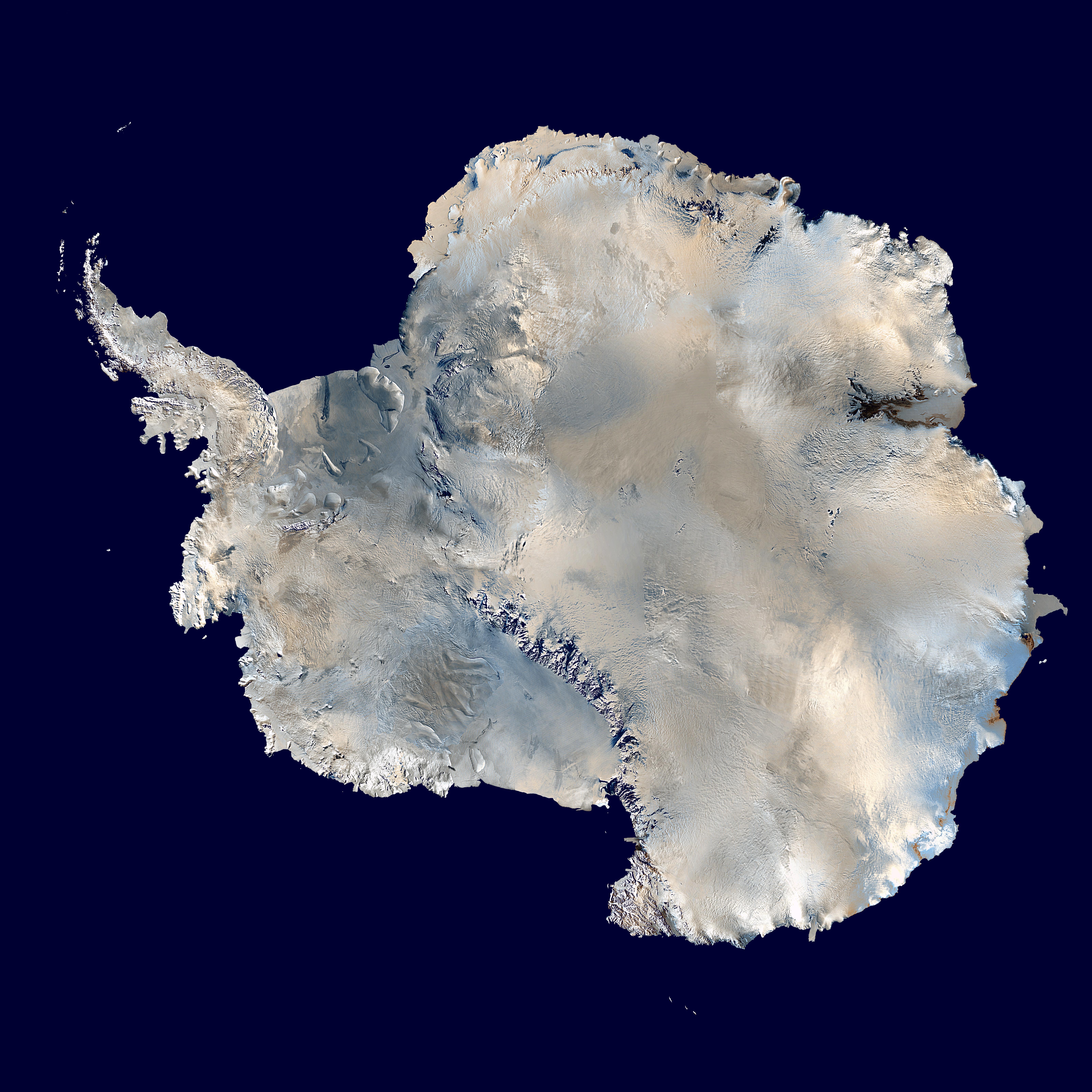|
Population Density
Population density (in agriculture: Standing stock (other), standing stock or plant density) is a measurement of population per unit land area. It is mostly applied to humans, but sometimes to other living organisms too. It is a key geographical term.Matt RosenberPopulation Density Geography.about.com. March 2, 2011. Retrieved on December 10, 2011. Biological population densities Population density is population divided by total land area, sometimes including seas and oceans, as appropriate. Low densities may cause an extinction vortex and further reduce fertility. This is called the Allee effect after the scientist who identified it. Examples of the causes of reduced fertility in low population densities are: * Increased problems with locating sexual mates * Increased inbreeding Human densities Population density is the number of people per unit of area, usually transcribed as "per square kilometre" or square mile, and which may include or exclude, for example, ar ... [...More Info...] [...Related Items...] OR: [Wikipedia] [Google] [Baidu] |
Territory
A territory is an area of land, sea, or space, belonging or connected to a particular country, person, or animal. In international politics, a territory is usually a geographic area which has not been granted the powers of self-government, i.e. an area that is under the jurisdiction of a sovereign state. As a subdivision, a territory in most countries is an organized division of an area that is controlled by a country but is not formally developed into, or incorporated into, a political unit of that country, which political units are of equal status to one another and are often referred to by words such as "provinces", "regions", or "states". In its narrower sense, it is "a geographic region, such as a colonial possession, that is dependent on an external government." Etymology The origins of the word "territory" begin with the Proto-Indo-European root ''ters'' ('to dry'). From this emerged the Latin word ''terra'' ('earth, land') and later the Latin word ''territorium'' ... [...More Info...] [...Related Items...] OR: [Wikipedia] [Google] [Baidu] |
Urbanization
Urbanization (or urbanisation in British English) is the population shift from Rural area, rural to urban areas, the corresponding decrease in the proportion of people living in rural areas, and the ways in which societies adapt to this change. It can also mean population growth in urban areas instead of rural ones. It is predominantly the process by which towns and City, cities are formed and become larger as more people begin to live and work in central areas. Although the two concepts are sometimes used interchangeably, urbanization should be distinguished from Urban sprawl, urban growth. Urbanization refers to the ''proportion'' of the total national population living in areas classified as urban, whereas urban growth strictly refers to the ''absolute'' number of people living in those areas. It is predicted that by 2050, about 64% of the developing world and 86% of the developed world will be urbanized. This is predicted to generate artificial scarcities of land, lack of dr ... [...More Info...] [...Related Items...] OR: [Wikipedia] [Google] [Baidu] |
Dependent Territory
A dependent territory, dependent area, or dependency (sometimes referred as an external territory) is a territory that does not possess full political independence or sovereignty as a sovereign state and remains politically outside the controlling state's integral area. As such, a dependent territory includes a range of non-integrated not fully to non-independent territory types, from associated states to United Nations list of non-self-governing territories, non-self-governing territories (e.g. a colony). A dependent territory is commonly distinguished from a administrative division, country subdivision by being considered not to be a constituent part of a sovereign state. An administrative subdivision, instead, is understood to be a division of a state proper. A dependent territory, conversely, often maintains a great degree of autonomy from its controlling state. Historically, most colonies were considered to be dependent territories. Not all autonomous entities are considere ... [...More Info...] [...Related Items...] OR: [Wikipedia] [Google] [Baidu] |
Microstate
A microstate or ministate is a sovereign state having a very small population or land area, usually both. However, the meanings of "state" and "very small" are not well-defined in international law. Some recent attempts to define microstates have focused on identifying qualitative features that are linked to their size and population, such as partial delegation of their sovereignty to larger states, such as for international defense. Commonly accepted examples of microstates include five historic European microstates: Andorra, Liechtenstein, Monaco, San Marino, and Vatican City. Malta, Iceland, and Luxembourg are sometimes included in that list but are generally considered too populous to be genuine microstates. Other examples are small, isolated island states in the Pacific Ocean that gained independence from the European or Australasian powers: Nauru, Palau, and Tuvalu. The smallest political entity recognized as a sovereign state is Vatican City, with fewer than 1,000 resid ... [...More Info...] [...Related Items...] OR: [Wikipedia] [Google] [Baidu] |
City-state
A city-state is an independent sovereign city which serves as the center of political, economic, and cultural life over its contiguous territory. They have existed in many parts of the world throughout history, including cities such as Rome, Carthage, Athens and Sparta and the Italian city-states during the Middle Ages and Renaissance, such as Florence, Venice, Genoa and Milan. With the rise of nation states worldwide, there remains some disagreement on the number of modern city-states that still exist; Singapore, Monaco and Vatican City are the candidates most commonly discussed. Out of these, Singapore is the largest and most populous, and is generally considered to be the last real city-state left in the world, with full sovereignty, international borders, its own currency, a robust military, and substantial international influence in its own right. ''The Economist'' refers to it as the "world's only fully functioning city-state". Several non-sovereign cities enjoy a ... [...More Info...] [...Related Items...] OR: [Wikipedia] [Google] [Baidu] |
United Nations
The United Nations (UN) is the Earth, global intergovernmental organization established by the signing of the Charter of the United Nations, UN Charter on 26 June 1945 with the stated purpose of maintaining international peace and international security, security, to develop friendly Diplomacy, relations among State (polity), states, to promote international cooperation, and to serve as a centre for harmonizing the actions of states in achieving those goals. The United Nations headquarters is located in New York City, with several other offices located in United Nations Office at Geneva, Geneva, United Nations Office at Nairobi, Nairobi, United Nations Office at Vienna, Vienna, and The Hague. The UN comprises six principal organizations: the United Nations General Assembly, General Assembly, the United Nations Security Council, Security Council, the United Nations Economic and Social Council, Economic and Social Council, the International Court of Justice, the United Nations Se ... [...More Info...] [...Related Items...] OR: [Wikipedia] [Google] [Baidu] |
European Commission
The European Commission (EC) is the primary Executive (government), executive arm of the European Union (EU). It operates as a cabinet government, with a number of European Commissioner, members of the Commission (directorial system, informally known as "commissioners") corresponding to two thirds of the number of Member state of the European Union, member states, unless the European Council, acting unanimously, decides to alter this number. The current number of commissioners is 27, including the president. It includes an administrative body of about 32,000 European civil servants. The commission is divided into departments known as Directorate-General, Directorates-General (DGs) that can be likened to departments or Ministry (government department), ministries each headed by a director-general who is responsible to a commissioner. Currently, there is one member per European Union member state, member state, but members are bound by their oath of office to represent the genera ... [...More Info...] [...Related Items...] OR: [Wikipedia] [Google] [Baidu] |
Global Human Settlement Layer
The Global Human Settlement Layer (GHSL) is a project from the European Commission that creates global geographical data about the evolution of human habitation on Earth. This in the form of population density maps, built-up maps, and settlement maps. This information is produced using new geographic data mining tools and knowledge and analytics based on empirical data. The GHSL processing framework uses a range of data, including census data, archives of fine-scale global satellite imagery Satellite images (also Earth observation imagery, spaceborne photography, or simply satellite photo) are images of Earth collected by imaging satellites operated by governments and businesses around the world. Satellite imaging companies sell im ..., and voluntarily provided geographic information. Data is processed automatically to produce analytics and knowledge that methodically and objectively describe the existence of people and developed infrastructure. The GHSL maps human pre ... [...More Info...] [...Related Items...] OR: [Wikipedia] [Google] [Baidu] |
Joint Research Centre
The Joint Research Centre (JRC) is the European Commission's science and knowledge service which employs scientists to carry out research in order to provide independent scientific advice and support to European Union (EU) policy. Leadership The JRC is a directorate-general of the European Commission under the responsibility of Iliana Ivanova, the European Commissioner for Innovation, Research, Culture, Education and Youth. The current acting Director-General of the JRC is Bernard Magenhann. Its Board of Governors assists and advises the Director-General on matters relating to the role and the scientific, technical and financial management of the JRC. Structure Composed of strategy and coordination, knowledge production, knowledge management and support directorates, the JRC is spread across six sites in five EU countries: in Belgium (Brussels and Geel), Germany ( Karlsruhe, Institute for Transuranium Elements), Italy ( Ispra), the Netherlands ( Petten), and Spain (Sevil ... [...More Info...] [...Related Items...] OR: [Wikipedia] [Google] [Baidu] |
Vegetation
Vegetation is an assemblage of plants and the ground cover they provide. It is a general term, without specific reference to particular Taxon, taxa, life forms, structure, Spatial ecology, spatial extent, or any other specific Botany, botanical or geographic characteristics. It is broader than the term ''Flora (plants), flora'' which refers to species richness, species composition. Perhaps the closest synonym is ''plant community'', but "vegetation" can, and often does, refer to a wider range of spatial scales than that term does, including scales as large as the global. Primeval redwood forests, coastal mangrove stands, sphagnum bogs, desert soil crusts, Road verge, roadside weed patches, wheat fields, cultivated gardens and lawns; all are encompassed by the term "vegetation". The vegetation type is defined by characteristic dominant species, or a common aspect of the assemblage, such as an elevation range or environmental commonality. The contemporary use of "vegetation" app ... [...More Info...] [...Related Items...] OR: [Wikipedia] [Google] [Baidu] |
Antarctica
Antarctica () is Earth's southernmost and least-populated continent. Situated almost entirely south of the Antarctic Circle and surrounded by the Southern Ocean (also known as the Antarctic Ocean), it contains the geographic South Pole. Antarctica is the fifth-largest continent, being about 40% larger than Europe, and has an area of . Most of Antarctica is covered by the Antarctic ice sheet, with an average thickness of . Antarctica is, on average, the coldest, driest, and windiest of the continents, and it has the highest average elevation. It is mainly a polar desert, with annual Climate of Antarctica#Precipitation, precipitation of over along the coast and far less inland. About 70% of the world's freshwater reserves are frozen in Antarctica, which, if melted, would raise global sea levels by almost . Antarctica holds the record for the Lowest temperature recorded on Earth, lowest measured temperature on Earth, . The coastal regions can reach temperatures over in the ... [...More Info...] [...Related Items...] OR: [Wikipedia] [Google] [Baidu] |







